No products in the cart.
I remember when I first bought my Begonia Grandis. I will just say that it didn’t seem that hardy at all. I recall how fragile it appeared with its winged-shaped olive-green leaves.
Even now I wonder why I decided to go for an unsightly indoor plant like that.
And, now you think I must be crazy for saying all this stuff about begonia grandis, but I did really think this about it.
Or, at least I thought so.
After a while, I got so attached that my only gardening concern was how to keep my perennial begonia perennial indeed.
So, for all of you out there wondering how to do that, this is how.
Light and Temperature Requirements
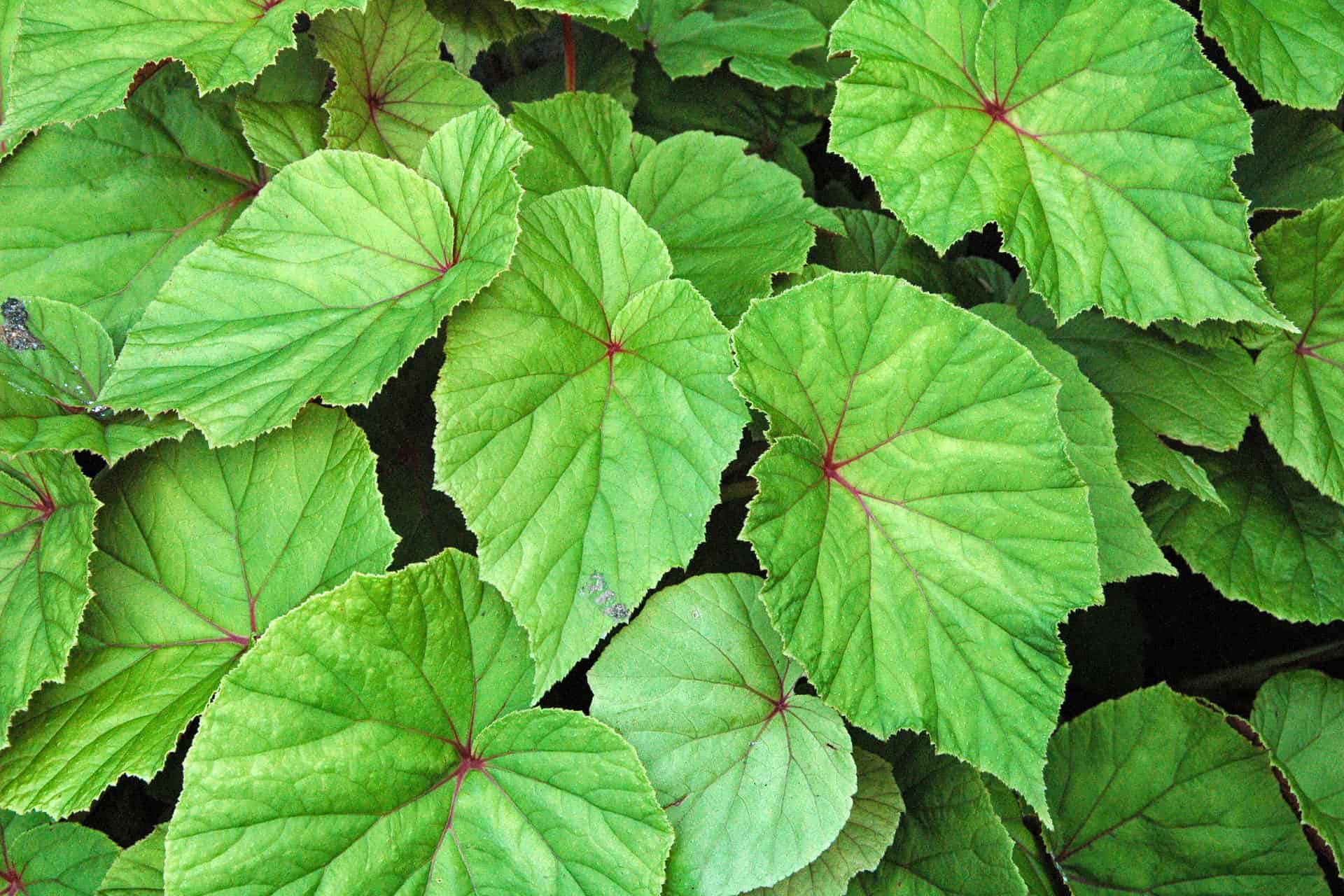
You know how there are outdoor plants that like full sun and there are those that thrive in shade?
Well, our begonia here is somewhere in between. The optimum is to keep it in partial shade and indirect sunlight.
While it may cope with both direct exposure and full shade, it’s still better to leave it in a shady corner where no direct sun can reach it, and it’s still not too dark.
As for temperature, there’s nothing extraordinary here. Begonia grandis thrives best in US hardiness zones 6-7 and it’s winter hardy in some regions.
Your begonia will do just fine at normal room temperature, i.e. 70°F, which might drop to 60°F at night.
Try not to keep it at much lower temperatures ( 20 degrees F ) than that over a prolonged period since that may cause harm to your plant.
Ideal Soil Mix
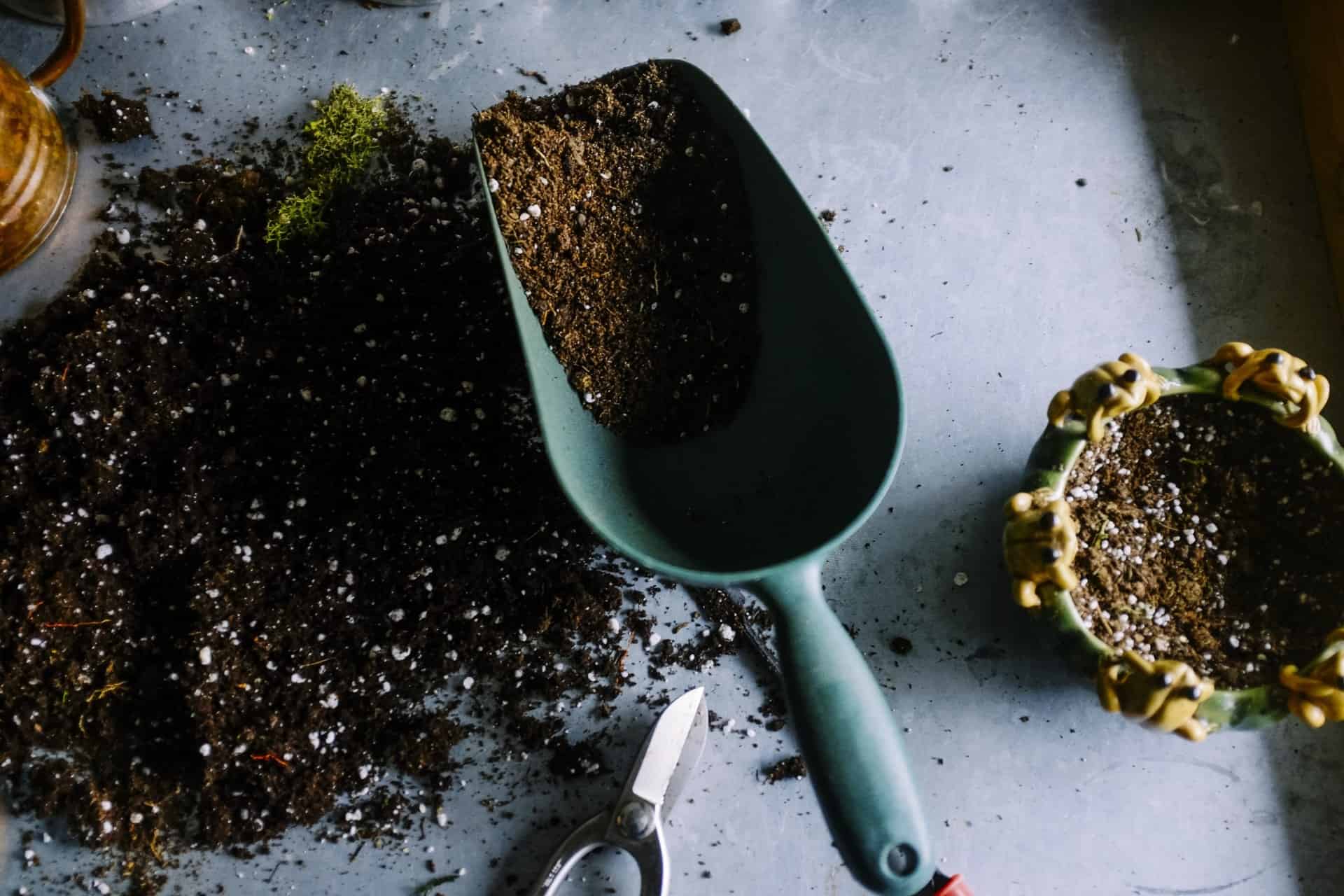
Our begonia grandis does not require any special treatment when it comes to soil. When in doubt, go for the pH-neutral soils and you’re good to go.
Rich in organic matter is what begonia plants thrive best. Moreover, adding perlite will be an excellent way to provide begonia with the optimum nutrients it requires for optimum growth.
On the other hand, perlite will be an excellent addition for another reason.
Begonia plants require to be planted in fast-draining soils that at the same time provide sufficient moisture.
So, this is where perlite comes in. This will aid the draining in case of excess water.
Speaking of which…
Watering Requirements
The first thing you need to know here is that begonias love water – it’s a flowering type of plant, so they all like water by nature.
However, this does not mean that you can just let it sit in the water. It’s a plant with roots, so excessive water brings more harm than good. So, when is the time to water your begonia?
I suggest you do a simple test here. Stick your finger in the soil. If the top 2 in. are not completely dry, but are about to, then it’s time to water.
Try not to let the soil completely dry out before watering since this is just unnecessary stress for the plant.
You can safely soak the plant completely and then let the water run through the bottom holes. If the pot you opted for does not have any holes, then you must be additionally careful with watering.
Fertilizing
I know how there comes a time when you feel like you could do more for your perennial begonia than just water and hope for the best.
As a matter of fact, this feeling is completely justified.
At such a time, you will probably feel the need to fertilize, and this is totally legit.
While you might immediately reach for an all-purpose fertilizer, know that begonias prefer “natural” compost. This is their food of choice when it comes to aided nutrition.
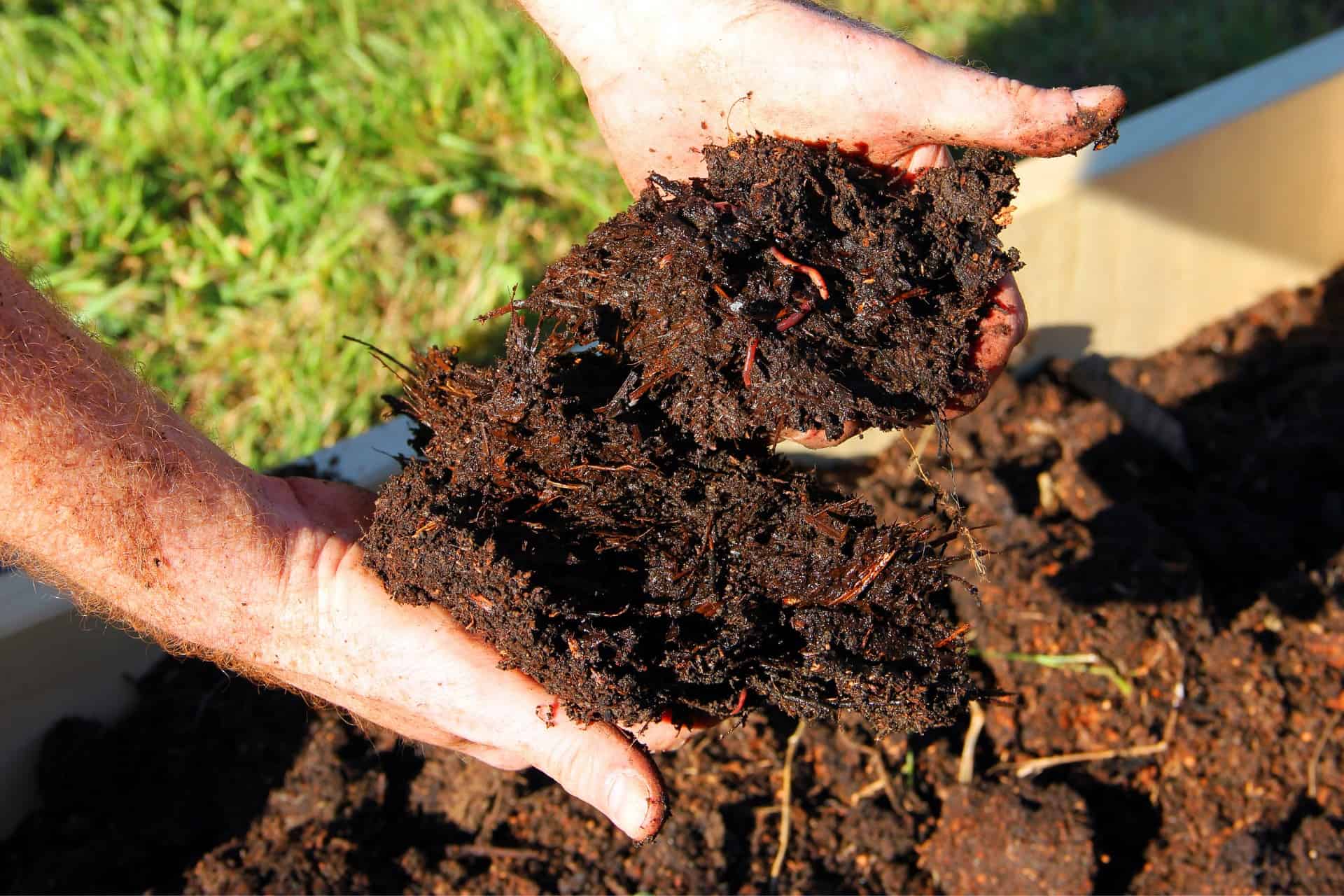
Of course, fertilize in spring just before begonias are to develop their beautiful pink flower clusters.
Pruning Begonia Grandis
There isn’t much philosophy around pruning your hardy begonia (Begonia grandis).
Whenever you notice a yellowing leaf, feel free to cut it off. You do not need this to spread and thus hinder the growth of the plant in general.
More importantly, the flowers on every flowering plant die out soon. So, what you need to do is pinch out or cut these so they don’t consume the nutrients that plants might just as well use to produce new growth.
Propagating and Repotting
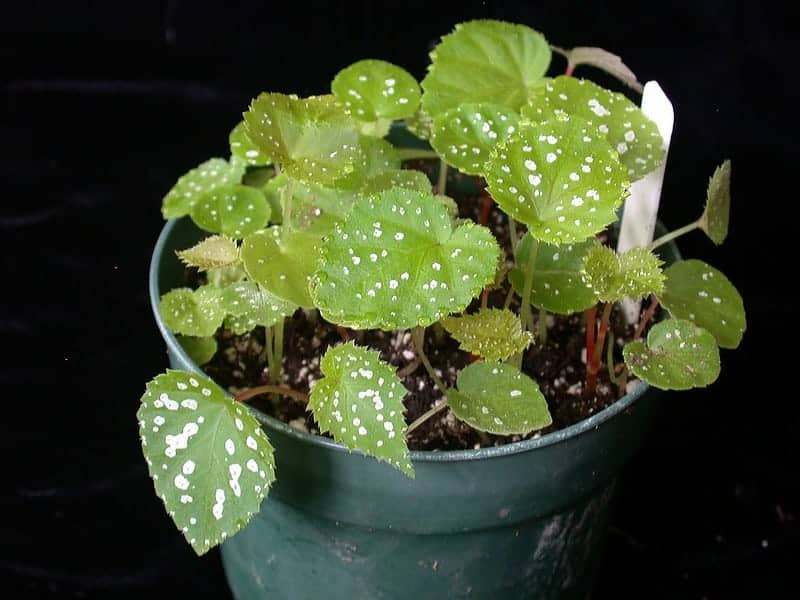
Maybe the coolest thing about begonia is that it propagates itself right in the pot!
Soon enough you will notice new growth rising so you can use it for further propagation.
Besides, you can also propagate begonia through the cuttings or with the seeds (slow and excruciating!).
So, letting the plant develop tubular and then replanting them in a new pot is the best way to propagate.
As for repotting, it would be great to do it every once in a while.
Of course, you need to go a size up to add soil and provide more space for the roots.
More importantly, begonia grandis’ roots are prone to rotting so sitting in the same pot for way too long is not good for them. This is why repotting helps. Still, don’t do it way too often since that can disturb the plant.
If you aren’t sure about how often to do it, then wait until the roots have taken up all the space. This will be your cue.
When it comes to choosing the right pot, you already know there are sizes and shapes to choose from. As for colors, this is completely up to you – whether you like to have a uni-color or the more the merrier!
Pests and Problems
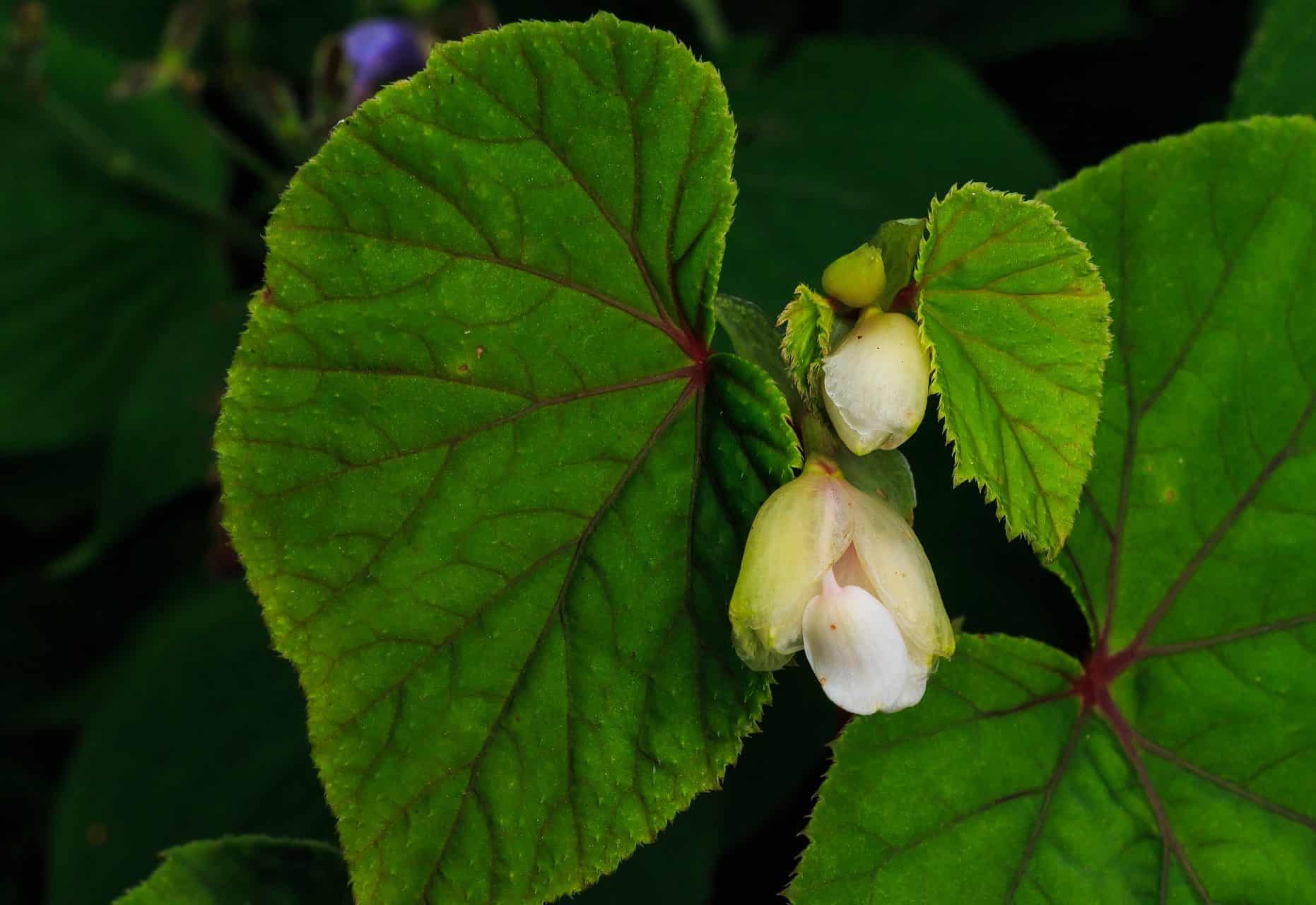
Just like any other plant, begonia grandis has its issues.
Most notably, you can come across such issues as mites, thrips, and whiteflies. Still, this is a problem easily be fixed.
Mix some insecticidal soap with water and that’ll do just fine.
Or, wiping the leaves with neem oil also proved to be a good way to fight off the pests.
Conclusion
That would be all for now about our lovely Begonia grandis.
Hope these will help you in keeping your begonia bright and shiny.
Check out the comments section and share with us your beautiful begonias.
Bye!
Whether you want to buy, sell or simply reach out to other plant enthusiasts, Plantly is the right place to be!


